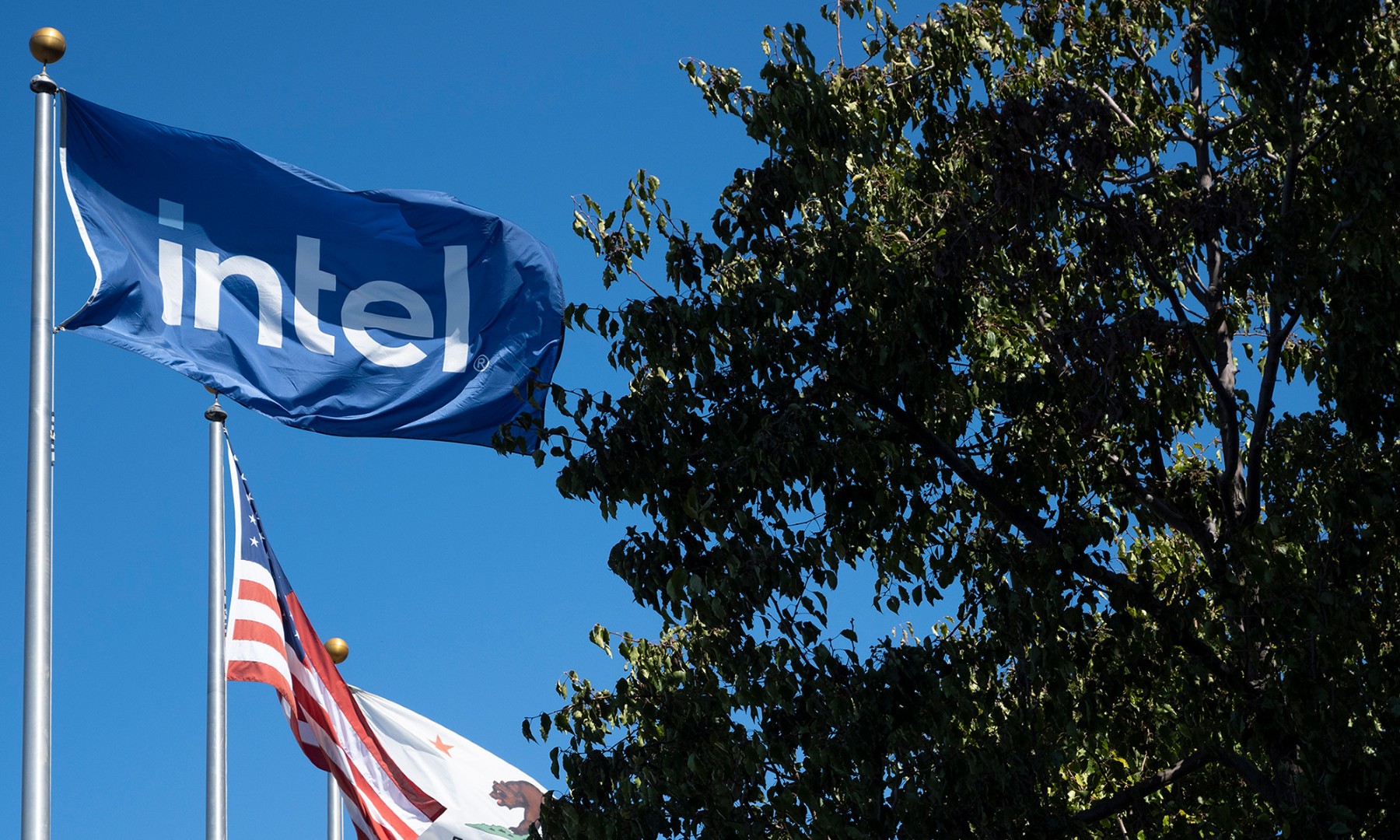Intel (INTC 0.79%) frequently likes to tout that it has "thousands" of engineers dedicated to working on Google's (GOOG 0.34%) Android so that it will run on Intel architecture. While there is little doubt that the company is working feverishly on getting Android working on its latest and greatest PC and mobile processors, one has to ask a very simple question: Where are all of the Intel-based Android tablets?
Some background
For those unfamiliar with Intel's mobile chips, Bay Trail is the name of the company's most recent effort in the tablet market. It's a fast, low-power chip that seems to benchmark rather well and posts great battery life numbers. Unfortunately, all of the tablets that rolled out based on this processor have run Microsoft's (MSFT 0.77%) Windows 8.1 instead of Android. While the chip does a rather good job of running Windows 8.1 on tablets, there's no denying that Android is more ubiquitous, and (thanks to the lack of a sizable "Microsoft tax" for the OS license) devices running Android can typically hit lower price points.
Take, for example, Dell's recently released Venue 8 Pro tablet. It's an 8-inch Windows 8.1 tablet with an Intel Z3740, 2 GB of RAM, 32 GB of storage, and a 1,280 x 800 display for $299. In the Android world, one can buy a 32 GB Nexus 7 with a 1,920 x 1,200 display, a quad-core Qualcomm Snapdragon S4 Pro, and 2 GB of RAM for $259. Note that because Windows 8.1 takes up so much space, the actual "usable" space on a Venue 8 Pro is much lower than what's available on the Nexus 7 -- major bummer.
Nexus 7-esque devices could have done well for Intel this year
The real shame is that if Intel had been ready to go with Android sooner, it could have enabled its numerous partners to launch Nexus 7-quality Android devices with Intel silicon for this holiday selling season. This would have carried sales this year much higher than the company's projected 10 million units for 2013. While it is likely that Intel does indeed plan to enable such a wave of products with the heavy tablet chip subsidies outlined at its investor meeting, typical seasonality suggests that the major volume shipments for tablet chips happen during the third and fourth quarters before falling off during the first half of the year.
That's not to say that tablet shipments go to zero; there will certainly be plenty of tablets to power. It is highly likely, however, that the vast majority of Intel's "40 million tablets in 2014" goal will be realized during the second half of 2014. Of course, if Intel were to win the next-generation Nexus 7 (which usually launches in the third quarter, suggesting chip shipments in the second quarter), then this could make it much easier for Wall Street to believe that number sooner rather than later. At any rate, Intel needs to be much zippier about releasing Android versions of its platforms.
There's plenty of hope, but caution is warranted
Some leaked slides suggest that the company's next-generation tablet chip, Cherry Trail (which should have roughly four times the graphics power of the prior-generation Bay Trail) will launch with Android and Windows support simultaneously. There is no word on when this chip will be in devices other than "late 2014," however, which means that it may be too late to win some of the really important sockets. While this would miss a next-generation Nexus 7, it may arrive in time to power a next-generation Kindle Fire HDX.
This isn't to suggest that Qualcomm and NVIDIA, both fierce players in the tablet chip market, will sit idly by while Intel eats their market share. Intel's aggressive pricing and subsidies ensure that it will be an unprofitable race to the bottom for all, though. Intel has some advantages here (in-house chip fabrication and no need to pay ARM royalties) that should allow it to hold up better in a price war than most of its competition.
The good news is that when consolidation in this space occurs, Intel will be among the last standing. The bad news for Intel investors is that it's still not entirely clear if Intel will be able to have the same level of dominant share here as it does in other markets. Intel has certainly taken over markets before from scratch, but the competitors it faces today are tougher than ever.
Foolish bottom line
Intel's Android efforts do show a glimmer of hope, particularly as management signaled that a 64-bit capable version of Android for its 64-bit chips is up and running. The key now will be to get that into production, sell the 64-bit advantage for the roughly one-year window while none of its peers have it, and use the designs it wins (with 64-bit marketing hype and big subsidies) to help win those sockets (profitably) in the future.






